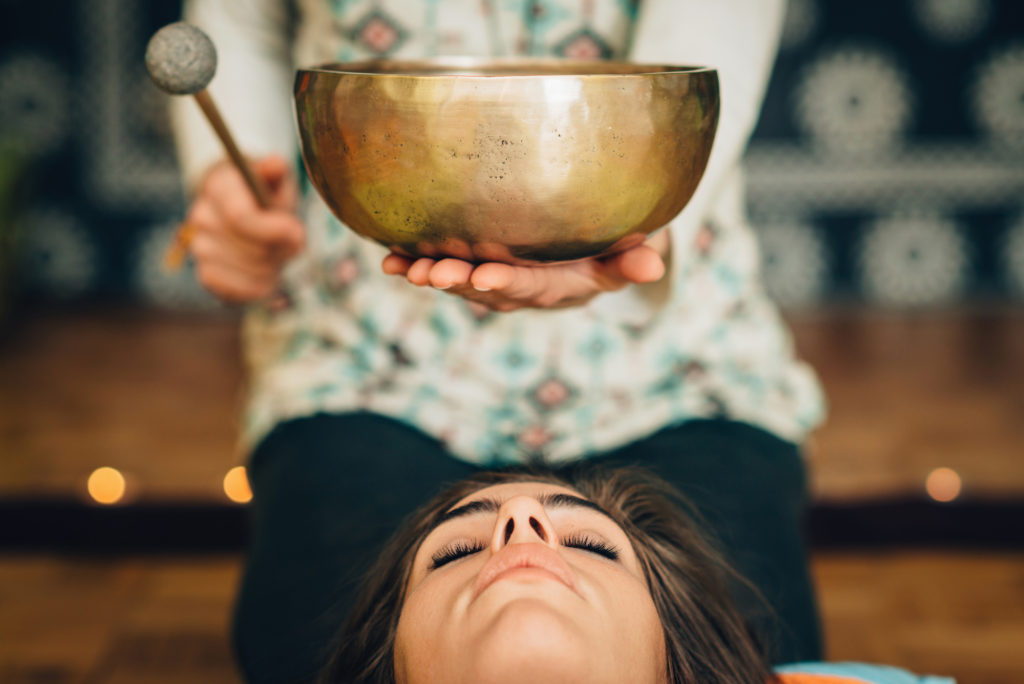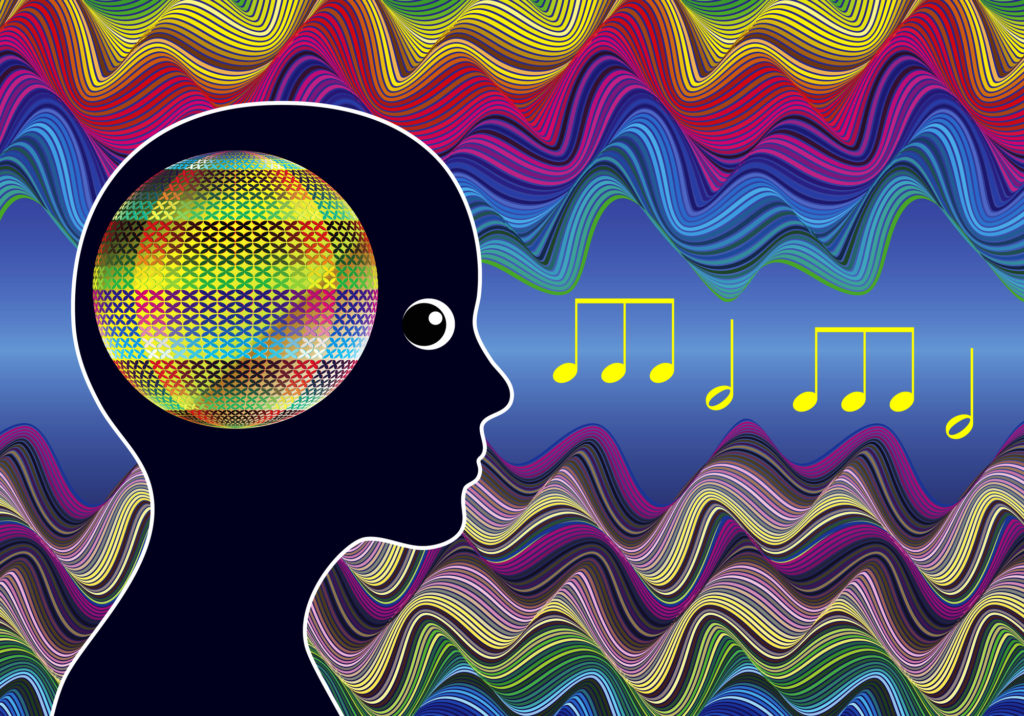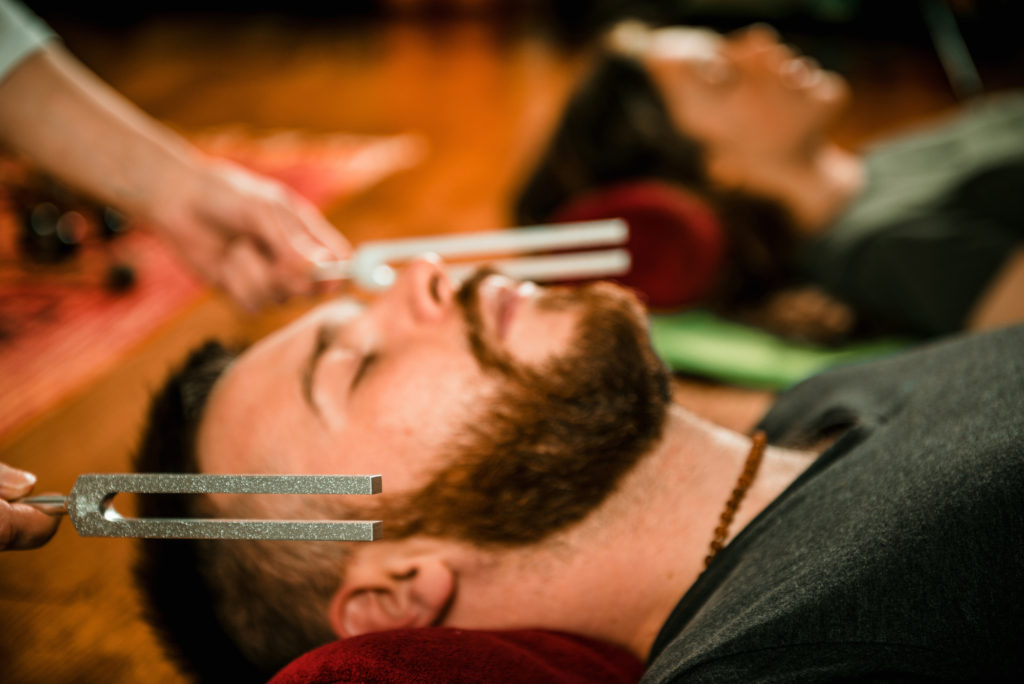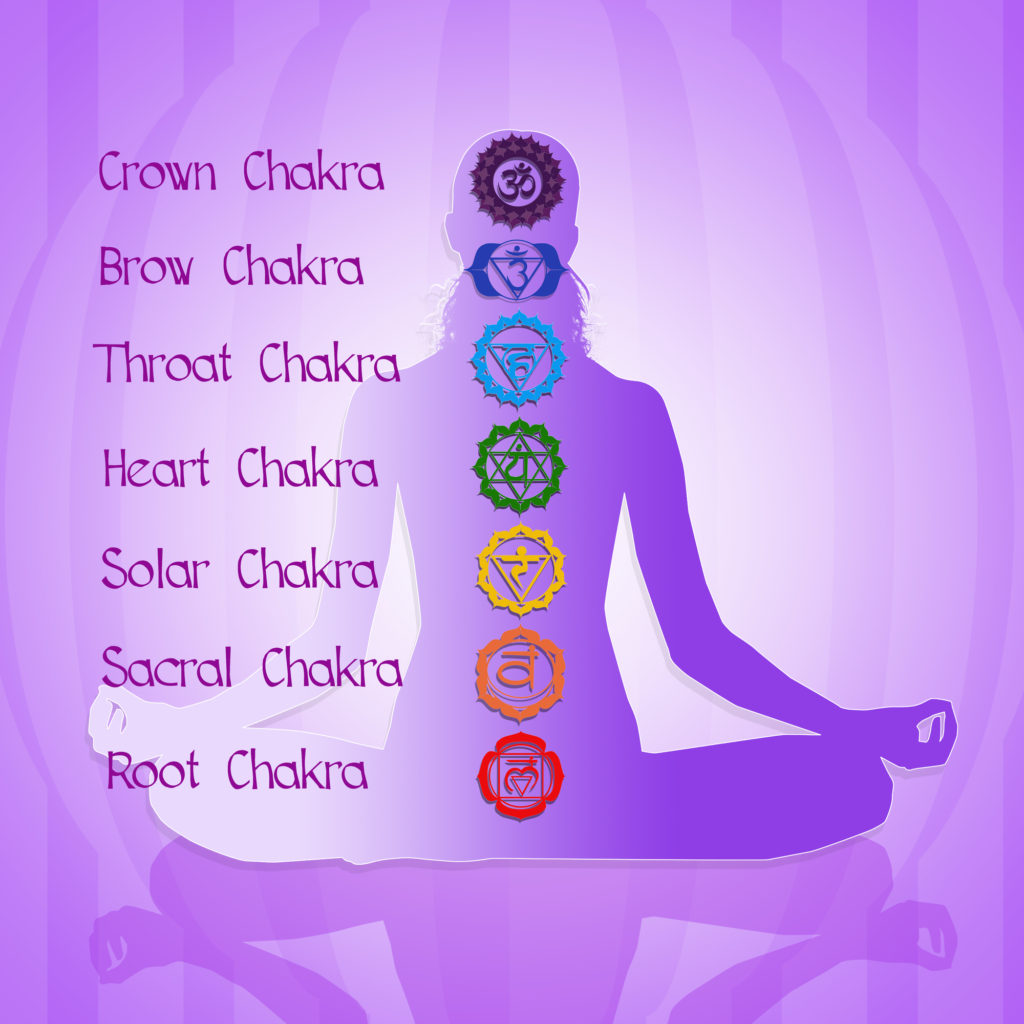
What is sound healing? In one sentence, it is exactly what it sounds like: healing yourself with sound. This is as amazing as it sounds (no pun intended!)
You may have seen sound healing centers popping up all over the place lately. However, the use of sound for the purpose of healing has been going on for thousands of years.
Audio/podcast version:
Table of Contents
The History of Sound Healing
The first musical instruments have been dated as far back as 43,000 years ago. There’s evidence of sound being used for therapeutic purposes in Egyptian temples. Hippocrates was playing music for psychiatric patients as early as 400 B.C.

Plato stated that music could influence the emotions and character of a person. Aristotle believed that music could purify the emotions.
I just love that music has always been a part of the lives of humans on this Earth, it gives us a great common thread!
Sound Healing VS. Music Therapy
You’re probably more familiar with music therapy than you are with Sound Healing. Are they the same thing?
They are related, but there are differences:
Music therapy has a formalized program of study. You can study music therapy in many universities and receive a degree in music therapy. Music therapists are licensed to practice music therapy professionally. Sound healing, however, is unregulated.

Music therapy uses the structure, melody, and rhythm of music to address a specific health issue. You can think of certain melodies that just make you feel good. That would be an example of music therapy. This is one reason I love music festivals so much, being out in nature dancing to uplifting music, there is no better therapy, in my eyes! (or ears, I should say!)
Unlike music therapy, sound healing uses specific sounds and their vibrations to enhance well-being. Sound healing advocates believe that every part of the body is in a constant state of vibration, and those vibrations can be used to create a positive change.
The Benefits of Sound Healing
The use of sound is now believed to be able to do much more than just benefit the emotional state of a person. There are real physical and psychological benefits to be gained from sound healing.
Sound healing benefits include alleviating PTSD, stress, pain, depression, anxiety, lowering blood pressure, and lots more. There has been some recent research in this area, and many of the benefits are backed by science. There are also many claims that have not been proven but may be accurate. One thing is for sure, there’s no harm in trying it out for yourself!
Sound healing can be used to treat post-traumatic stress disorder. PTSD is a syndrome that frequently affects veterans and others that faced traumatic situations, including abuse victims. Users listen to specific frequencies while recalling the traumatic event. Researchers believe this works by disrupting the brain’s link between the traumatic memory and the stress response.

Several studies have also shown that listening to music, playing music, and singing can have an impressive effect on depression and anxiety. Soothing sounds have been found to be beneficial to those with autism and dementia. The mental stimulation provided by sound therapy can help to boost mental performance and memory in everyone.
Sound therapy has also been found to help patients deal with physical and emotional symptoms of cancer treatment. Sound treatment affects the immune system in powerful ways.
How Sound Healing Works
There are explanations for how sound healing works that are based upon scientific principles and those that are based upon ancient concepts from Eastern religions and medicine. Both are interesting. Which theory is more accurate isn’t really relevant. What matters is whether you receive benefits from practicing sound healing.
One of the ways sound healing is believed to work is through the unblocking of chakras in the body. When these areas are blocked or dysfunctional, energy can no longer flow properly. Pain, disease, and various ailments can arise.

The traditional chakras include Root, Sacral, Solar Plexus, Heart, Throat, Third-Eye, and Crown. The chakras start at the base of the spine and move up to the head. I have a blog post on the chakras if you want to go more in depth on that subject.
How to Experience Sound Healing
There are nearly an endless number of ways to experience sound healing. The use of recorded sounds is generally believed to be just as effective as the use of instruments. You could be driving your car during a sound healing session or lying on a mat. It’s really up to you to experiment and see what works for you and fits into your lifestyle.
Anything that creates a sound could be used for sound healing, but there are several commonly used devices and techniques.
Tibetan Singing Bowls
These bowls were believed to be first used around 500 B.C. A mallet is used to strike the bowl and create a bell-like sound. The side of the mallet is also used to rub against the outside edge of the rim of the bowl.
Fortunately, you don’t have to travel to Tibet to acquire your own singing bowl. There are many excellent options available online for purchase or at your local new-age shop. I bought mine at Holistic Health expos.
There are bowls of different sizes and constructions to create different frequencies. The small ones produce a higher-pitched sound and the bigger ones produce a lower-pitched sound. If you have a lot of money to spend, you can buy sets that include 7, one for each chakra. You can find some made of various types of metals or crystal quartz.
Harp
The harp has a soothing tone that many people find pleasant and relaxing. A quality harp is about as expensive as a decent piano, but if your budget allows, go for it! A more feasible option for most of us is to listen to harp recordings.
Drums
A good drumbeat is hypnotic. Drums are probably the most primal of all instruments. The brain slows down when it hears a repetitive drum sound. You’ve probably felt the hypnotic trance-like feeling that a drum can create. You can use the sound of drumming to help you enter a state similar to meditation (read more about that here).
Tuning forks
A tuning fork can produce a sound and also be used to apply vibration directly to a specific area of the body. Tuning forks are considered to be one of the most effective ways to demonstrate the relationship between vibration and sound. They were originally produced to create pure tones for musicians to use as a reference for tuning their instruments.
Tuning forks come in different frequencies. Tuning forks aren’t as expensive as you’d think. There are sets of tuning forks designed to be used for sound therapy purposes.
Strike the tuning fork on something that won’t damage it. The best surfaces for striking your tuning fork are a block of hard rubber or wood that’s covered with a softer material, such as leather. Tuning forks often come with a rubber mallet for striking the fork. I hit mine on the hard part of my hand just above the wrist, on the side (the karate chop point).
Try holding the tuning fork near different parts of your body. Not only can you hear the fork, but you can also feel the vibrations if you hold it close enough to your body.
I bought my tuning fork from the website Biofield Tuning, but there are many other places to get them.
Piano
The piano is a common instrument, and most people relax hearing the sound of a piano. There is some argument in the sound therapy community whether a digital piano is just as effective as an acoustic piano. However, a digital keyboard is always in tune, is easy to move around, and can be much less expensive.
Voice
You don’t have to have an instrument or a recording to make noise. You can make use of your own voice! I sometimes think the human voice is more beautiful than an instrument, especially when many people are singing in harmony.
Sound Healing is a great way to heal your body, mind, and soul. Leave a comment down below if you have experienced this. What is your favorite healing sound?
8 Comments
Comments are closed.